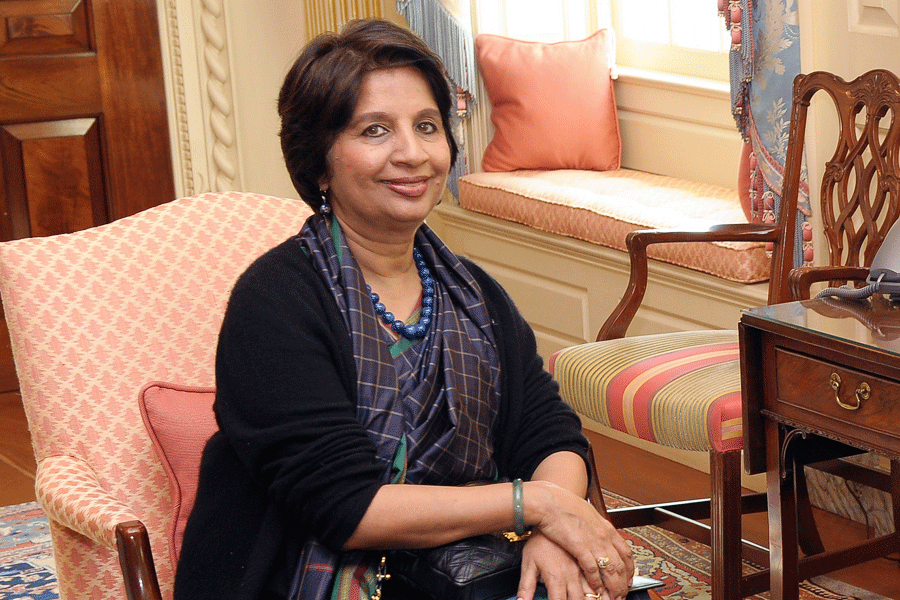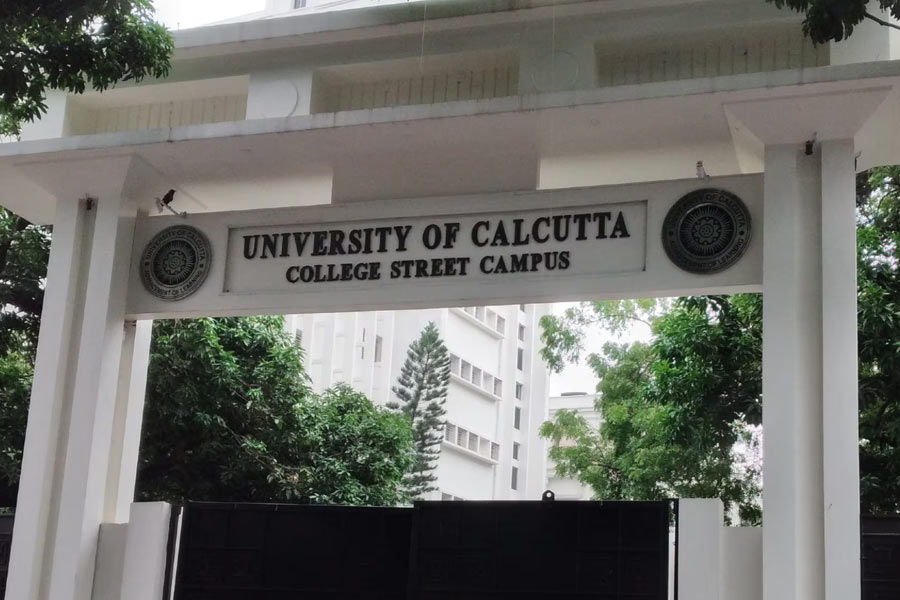Ranchi, Feb. 3: Jharkhand Academic Council (JAC) messed up its multiple-choice questions in the Teacher Eligibility Test (TET) in 2013 but over 1,000 candidates are still paying the price for it.
An evaluation error in three objective type questions deprived over 1,000 candidates from qualifying TET (upper primary), an exam for BEd degree holders to qualify as teachers for Classes VI-VIII in government schools of the state.
Led by one Santosh Kumar Gupta, a group of Sahebganj candidates has been trying for months to rectify the JAC error that cost them their careers. On January 18, Gupta, who missed qualifying TET in 2013 by one mark, informed chief minister Raghubar Das about this at BJP state headquarters.
Santosh explained the problem lay with social studies multiple-choice questions numbered 62, 79 and 97 of TET, booklet series C, each of which had four answer options.
According to NCERT books, each had more than one correct answer. But, JAC declared only one answer as correct. As a result, over 1,000 students lost marks on these three questions, each carrying one mark.
A look at the questions shows why one doesn't need to be a social scientist to figure out that both Santosh and NCERT are correct and the JAC wrong.
Question No. 62 asked why fair-price ration shops weren't popular. The following were the four answer options: (a) irregular opening of shops; (b) malpractice by dealers such as diverting grains to open market for better margins; (c) selling poor quality grains; and (d) unavailable cards.
NCERT found a, b and c options correct but JAC went with only the first option.
The same problem is repeated in No. 79, which sought the reason behind inequality in India. The four options given: (a) caste and gender; (b) people's religion; (c) dignity and (d) monetary status.
NCERT found a, b and d as correct answers. JAC went with only the last option.
Question 97 asked what unemployment leads to, suggesting four options: (a) social wastage; (b) wastage of manpower; (c) increase economic overload; and (d) share price hike.
NCERT found a, b and c options correct. JAC only went with the first option.
Contacted this evening, JAC chairman Anand Bhusan briefly said the decision of the single correct answer was taken by 'subject experts'.
Asked who they were, he said: 'There were many.'
JAC secretary Mohan Chand Mukim admitted NCERT was right but at the same time defended JAC's actions.
'We are aware that more than one option was correct,' Mukim said. 'But, JAC awarded marks only for the best among correct options. The subject experts took the decision,' he said.
On the basis of arriving at the so-called best answer, which brings in the examiner's subjectivity in an objective format, Mukim parried a reply.
The only silver lining in the mess is that TET results are valid for five years. 'So, if the answer sheet is re-evaluated according to NCERT, around 1,000 more candidates will be declared qualified,' said a JAC official.
On April 26, 2013, 97,401 candidates sat for the TET exam. On May 28, 2013, the number of successful candidates was declared as 43,128.
Since then, Santosh, disqualified by just one mark, has been on a mission. He laid the issue before everyone, including JAC chairman Bhusan, then chief minister Hemant Soren, then HRD minister Geetashree Oraon, governor Syed Ahmed. He also wrote letters to the Prime Minister and President.
The office of the President of India asked NCERT to give him the correct answers, which came on May 21, 2014, but his fight looks far from over.










